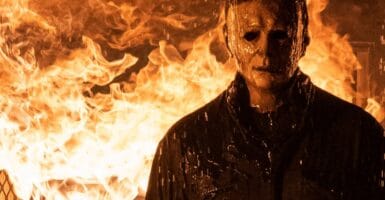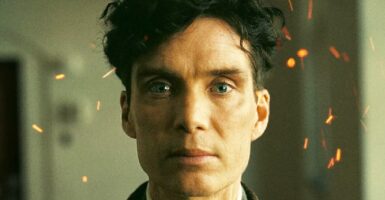The George Romero Forgotten Classic Is The Most Important Zombie Movie
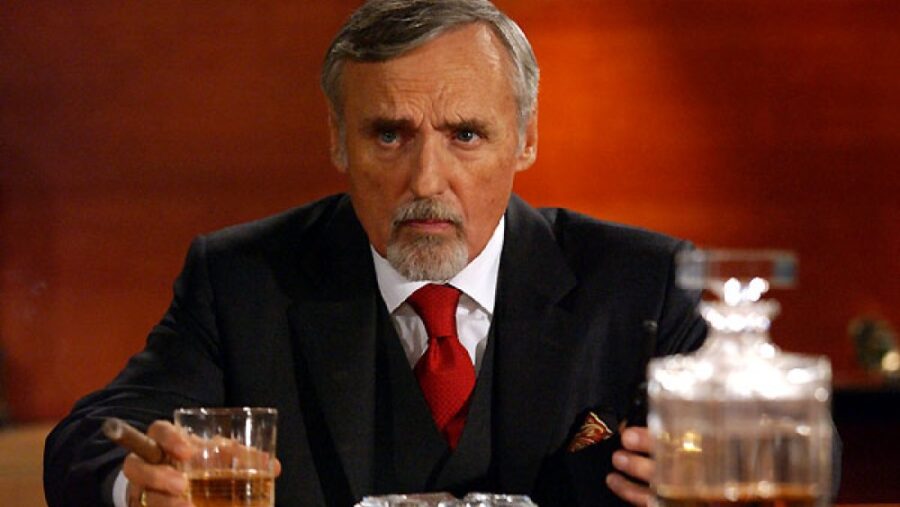
George Romero is the king of the zombie movie. His movies feature not only the blood and gore that horror fans crave but are also full of social commentary that bites harder than the hordes of undead flesh-eaters. One movie in particular is more relevant in 2023 than any of Romero’s other works: 2005’s Land of the Dead.
Land Of The Dead Is Highly Underrated
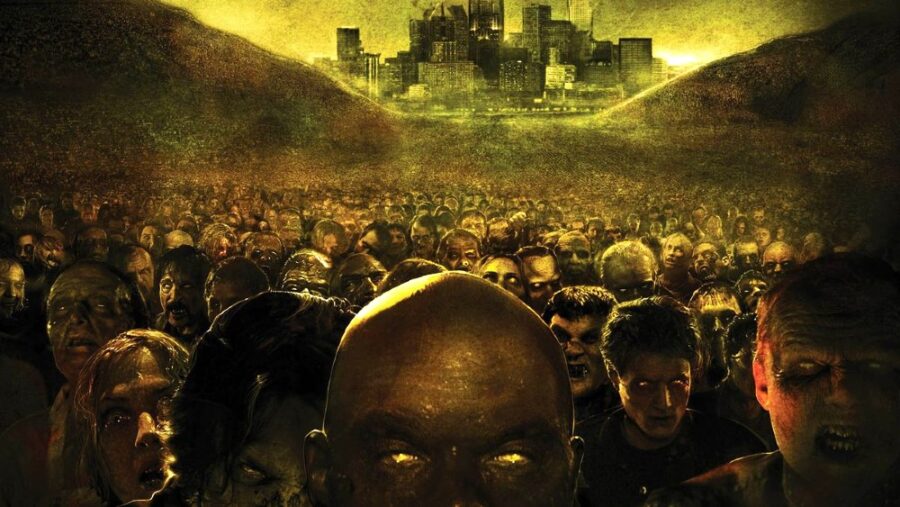
Land of the Dead is possibly George Romero’s most underrated film. Kicking off the director’s second zombie trilogy, Land suffers from its proximity to the weaker entries in Romero’s canon, Diary of the Dead (2007) and Survival of the Dead (2009). While Land of the Dead might not be as groundbreaking as Night of the Living Dead (1968) or a masterpiece like Dawn of the Dead (1978), it’s an important film in its own right and possibly George’s most important, at least in terms of social relevance.
Capitalism In A Zombie World
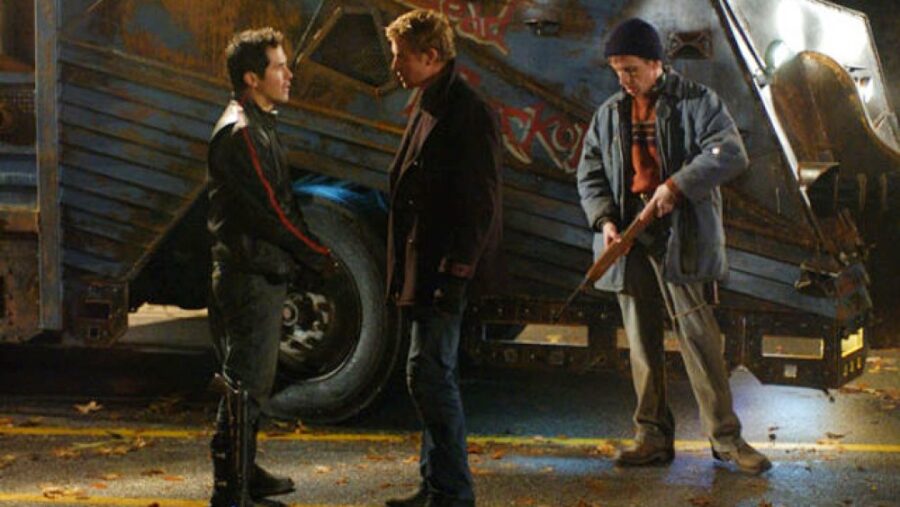
In Land of the Dead, society’s richest and most powerful old white men have decided that the best course of action when dealing with the zombie apocalypse is simply to ignore it. The movie takes place in a city that has been walled off from the undead, where the 1 percent live in a swanky high-rise tower named Fiddler’s Green, and the poor live in slums and struggle to survive. If that doesn’t sound like an allegory for late-stage capitalist America, we don’t know what does.
Land of the Dead feels painfully relevant. The movie goes out of its way to show that those who don’t live in the luxury high-rise struggle to find medicine and food while the rich, led by Dennis Hopper’s Kaufman, get everything hand-delivered to them by lackeys like John Leguizamo’s Cholo, who have been tricked into thinking that they can earn a place among the elite.
When Cholo—a Latino—mentions getting an apartment in Fiddler’s Green, Kaufman basically tells him in no uncertain terms that people “like him” wouldn’t fit in there.
Big Daddy Is The Kind Of Zombie You Root For
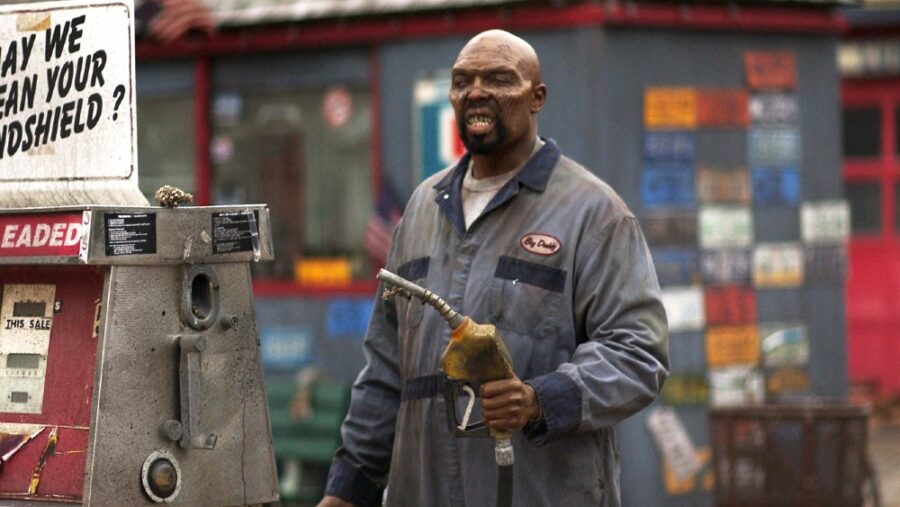
It’s no surprise that along with the Latino Cholo, the biggest threat to Kaufman’s paradise is a black zombie named Big Daddy. Romero isn’t exactly subtle with his messaging, but sometimes the blunt approach works. In Land of the Dead, the fact that the main horde of zombies and many of the poor denizens of the walled-in city are people of color, female, disabled, or otherwise not white and male is a deliberate statement on Romero’s part.
Land Of The Dead’s Relevancy In A Post-Pandemic World
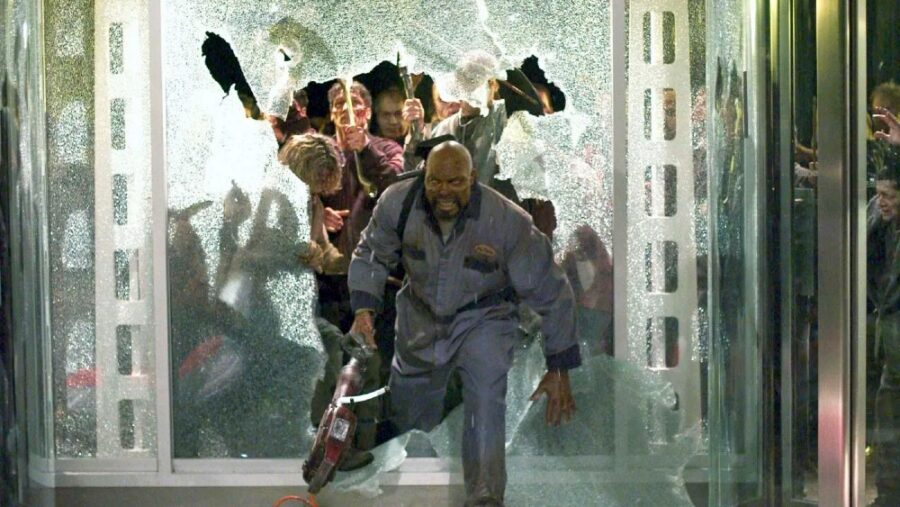
But Land of the Dead‘s spotlight on wealth inequality and systemic racism isn’t the only thing that makes it especially relevant in 2023. The way the people in charge of the city choose to ignore the zombies outside their walls instead of dealing with them directly closely mirrors the way certain parts of the US dealt with the COVID-19 pandemic. Especially the way the zombies eventually breach the walls and wreak havoc on the population of the city.
Many times, doing nothing leads to a whole lot of death, and George Romero knew that.
A Symbol For Undocumented Immigrants?
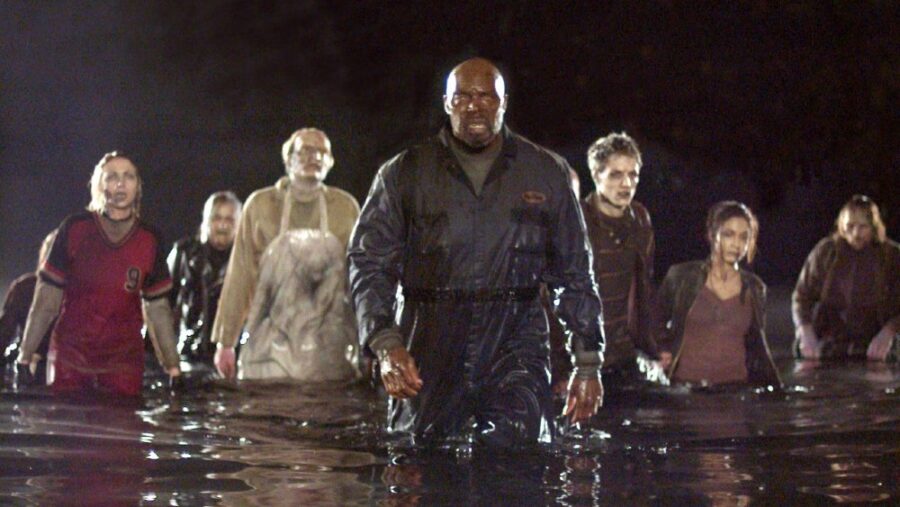
Aside from COVID, the zombies could also be seen as representing. undocumented immigrants. Not just because of the wall that keeps them out but because of the way Kaufman and his cronies have convinced the poor population of the city that the zombies are the real threat and not the rich white men keeping them in squalor. There’s a reason that when the zombies do breach the city’s barriers, it coincides with a group of poor rebels storming Fiddler’s Green.
If you prefer your undead flesh-eaters with a side of relevant social commentary, do yourself a favor and seek out Land of the Dead. Oh, and don’t worry, gorehounds: there’s plenty of gut-ripping, skin-tearing action in between all of the preachy political scenes.









